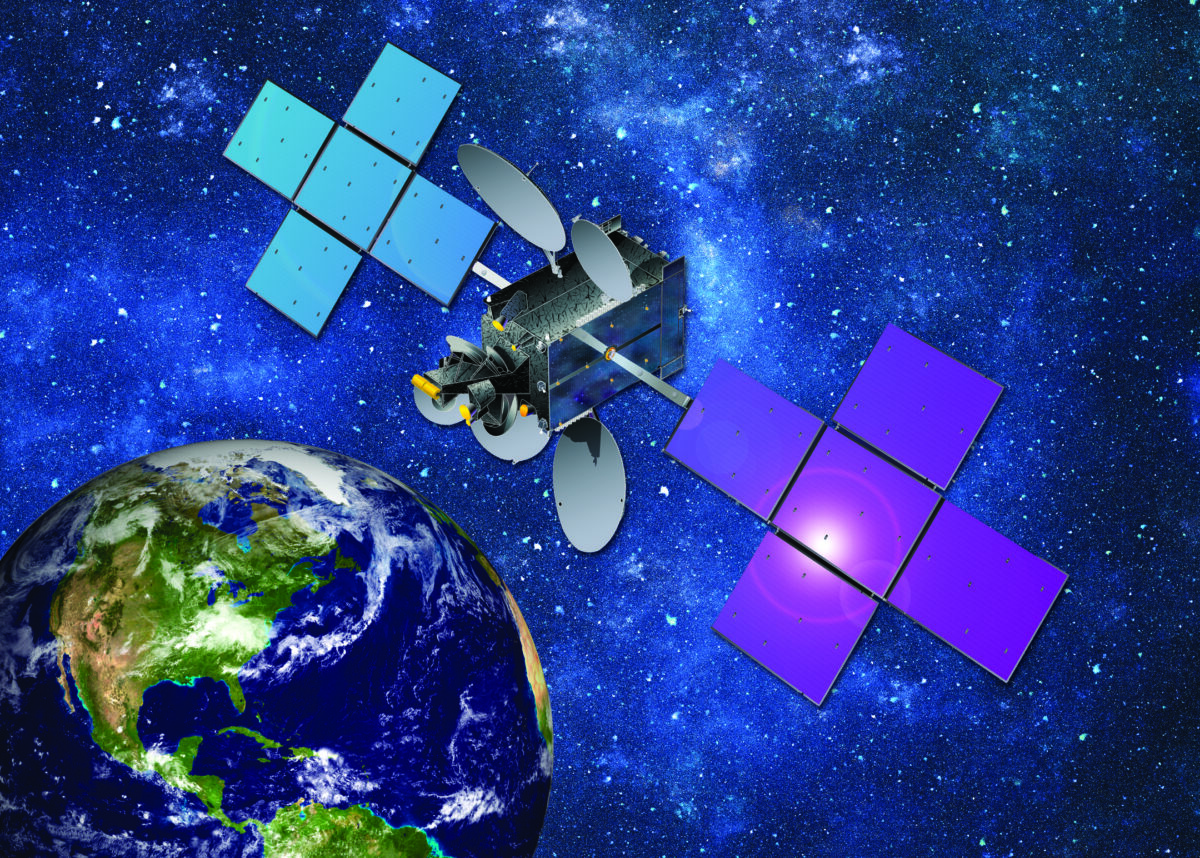Latin American Video Neighborhood Adding HD Capacity
By Eileen McGowan, Media Product Manager
Video neighborhoods are essential for cable distribution because they connect satellites with thousands of downlink antennas representing millions of subscribers, maximizing the potential audience for a content owner or distributor. A satellite cable neighborhood begins with an anchor tenant that, due to the demand for the provider’s must-watch programming, results in all of the cable headends making sure their antennas are pointed at that orbital location. With a prestigious and attractive ‘neighbor’ in place, just as with any other type of neighborhood, the satellite at that orbital location becomes highly desirable to other content providers seeking maximum revenue potential for their content.
The largest cable distribution neighborhoods reside in North America with most of the C-band satellite capacity in the western part of the orbital arc delivering hundreds of core television channels to thousands of receive sites throughout the United States. As these neighborhoods have matured, different identities have emerged for sports programming or HD content or international channels, as examples. In Latin America and other regions of the world, satellite-based cable neighborhoods are smaller in number, but growing – both in the number of channels carried as well as in the number of satellites used to provide distribution.
As we created Intelsat neighborhoods, we kept three elements at the forefront of the value that we could bring to content owners and program distributors:
- High power distribution with a good footprint.
- High cable headend penetration, to maximize potential audience.
- In-orbit resiliency, to ensure our customers’ content is protected.
Our video neighborhood in Latin America has been based around three satellites: Intelsat 11, Intelsat 21 and Intelsat 34. These three satellites carry more than 650 channels to cable headends in Latin America, more than double the offerings of any other satellite operator. Together they deliver Spanish- and Portuguese-language content from national and regional Latin American content providers, as well as international channels targeted to Latin American audiences from Asia, Europe and North America.
However, most of the channels are in standard definition (SD) format. As more of the 620 million consumers in Latin America upgrade to television sets that can fully display high-definition (HD) channels, cable companies are under pressure to provide more programs in the those formats, increasing demand for more distribution capacity. In response to the HD trend, we are developing a fourth satellite, Intelsat 14, as an HD distribution neighborhood to augment the other three spacecraft.
By expanding the HD channels on Intelsat 14 and adding new ground antennas, Intelsat will be able to deliver the HD content on this satellite while the SD version of the same channel comes from one of the other three spacecraft. Many content providers have segmented their programming for individual countries where Spanish is a common language, so they will also be able to expand the HD offerings for these different countries as well with the new HD-enabled ground antennas aimed at Intelsat 14.
Intelsat 14, launched in 2009, currently delivers nearly 50 regionally-focused TV and radio channels in Latin America. In addition to offering expansion capacity for HD programming needs, Intelsat is providing a DVB-S2 MCPC platform on Intelsat 14 from our Atlanta teleport to support the launch of HD channels.
All four satellites connect into Intelsat’s point-of-presence in Miami, allowing content providers to use the IntelsatOne globalized network to deliver HD programming to Latin American cable headends the same way they now distribute SD content. The consolidation of HD programming on Intelsat 14 furthers our goals for all of our video neighborhoods: it adds another high power distribution platform for our customers, it will attract other providers of HD content in the region, provides a growth path and increases the in-orbit resilience for customers on our Latin America neighborhoods.
The expansion of HD content offerings in Latin America with Intelsat 14 will help cable companies maximize their potential audiences in individual markets and increase the quality of the video neighborhood throughout the regional footprint of the four satellites. Distributing content across the four satellites also provides in-orbit resiliency while giving Latin American consumer access to the same high-quality viewing experience available in North America and other parts of the world where HD is more common.






















